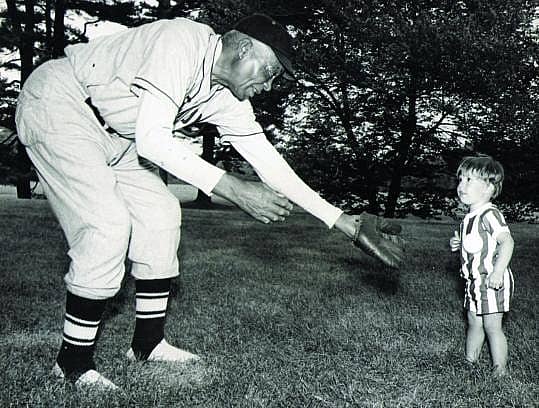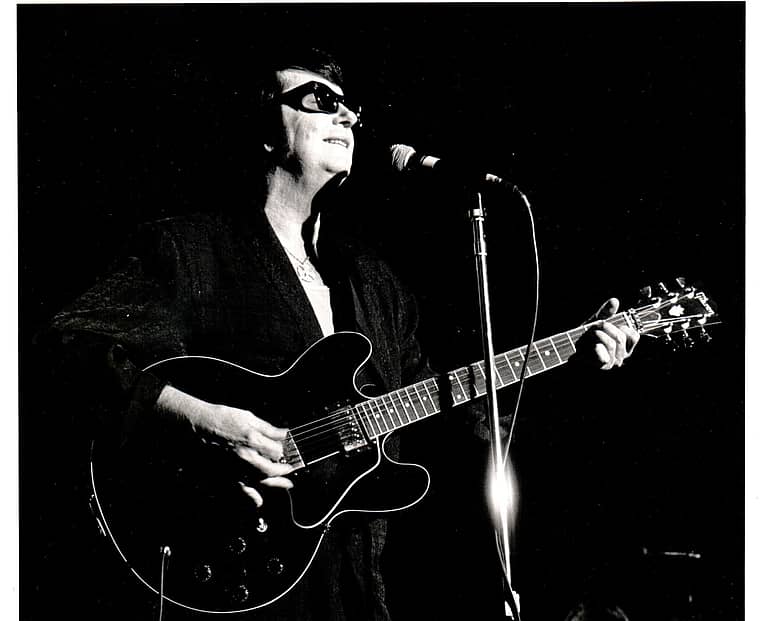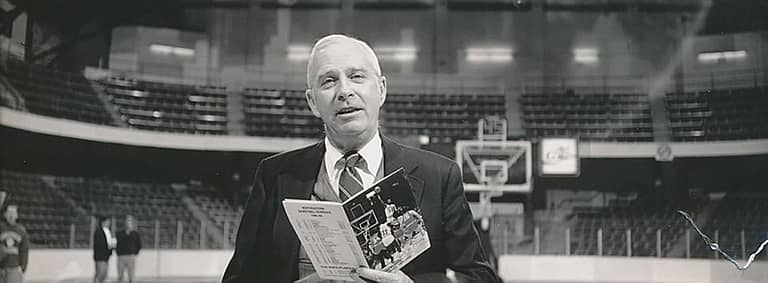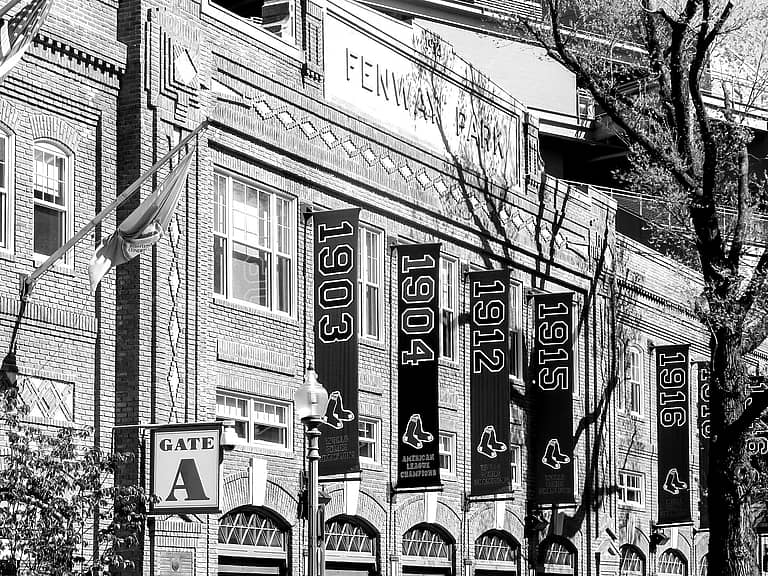I first learned of Negro League star pitcher Will “Cannonball” Jackman upon my arrival at The Sports Museum forty years ago this March. While perusing the contents of one of the many banker’s boxes that contained our first archival acquisitions, I came upon a photograph of then Boston Mayor Kevin White presenting a Revere Bowl to Jackman at a ceremony honoring Boston’s greatest athletes as part of Boston’s 350th anniversary celebration in 1970. Also attached was a press release that had Massachusetts Governor Francis Sargent proclaiming a day in his honor in July, 1971.
Never having heard of Jackman, I made sure to seek out old timers such as Sports Museum trustee Bob Walsh and his good friend, the noted African-American historian and journalist Mabray “Doc” Kountze, to inquire about Jackman. I was thrilled that both had seen him play and concurred that Jackman was a true legend, one hell of a pitcher, and most worthy of the comparison many had made of him to the great Leroy “Satchel” Paige.
Over a career that spanned parts of three decades, Jackman moved from his native Texas to Boston during the height of the Jim Crow era, with stops in Philadelphia, Newark, and Brooklyn. In his definitive biographical encyclopedia of Baseball’s Negro Leagues, James A. Riley writes of Jackman,
“A tall, husky, strong right-handed submariner with exceptional control, Cannonball fashioned an eighteen-year career in black baseball. He changed his style from overhand after recovering from an arm injury incurred while barnstorming with the Philadelphia Giants, and subsequently enjoyed his prime years in the late 1920’s and early 1930’s. During this time, he was credited with a 52-2 mark for one season with the Giants and bested Satchel Paige twice in two out outings. Jackman’s fastball was described as being faster than either Paige’s or Bob Feller’s, and Will had big hands that completely wrapped around the ball, making his fastball seemingly explode out of nowhere.”
Though he spent several years in the mainstream of the Negro Leagues while pitching for the Philadelphia Giants, Brooklyn Eagles and Newark Eagles, Jackman spent most of his career as the main draw and star performer for the Boston Royal Giants, a barn-storming team that played a notch below his previous employers while facing semipro teams across New England.
Traveling from Bridgeport, CT. to Bangor, ME. and Fort Kent ME. to Burlington, VT. with Victor Green’s Negro Motorist’s Guide as their Baedeker, Jackman and his team shared their craft in much the same manner of jazz bands traveling from club to club while jamming with a wide a variety of accompanists. The image of Cab Calloway and Duke Ellington and their respective bands come immediately to mind, as both loved the game and would have surely known and met Jackman and other barnstorming Black teams during their far-flung travels.
Calloway went so far as fielding a team comprised of band members who always played a few games at Carter Field in Boston’s South End to promote the many gigs they played in nearby clubs, such as the Savoy Ballroom and The Show Bar. His squad even included catcher and trumpet legend Dizzy Gillespie.
I’d love to think that Jackman was drawn into at least one of those Tremont Street contests and faced Calloway and/or Gillespie.
Following his playing career, Jackman remained in Boston and for many years he served as the chauffeur for Boston businessman William Converse Chick and his family.
In a recent Boston Globe column, Kevin Paul Dupont quoted the Chicks’ grandson Geoff as recalling that his grandparents were good friends of Red Sox owners Tom and Jean Yawkey and attended the 1946 World Series as guests in their box at Fenway Park. Chick also remembered a newspaper report from the 50’s which noted that the Red Sox sought out Jackman’s opinion of the Black players they were considering signing in the lead up to their being the last major league team to integrate.
Jackman died at the age of 74 in 1972 while visiting friends in Marion, MA.,and his death was reported in sources such as The Washington Post and The Sporting News.
Such is Jackman’s legend that over forty years after his death, former Holy Cross baseball player and current Cannonball Foundation Executive Director Mike Schell refers to the namesake of his foundation as “the best pitcher you’ve never heard of.”
The foundation was formed in 2010 by Mike Ginns and Schell to help young players hone their baseball skills while seeking to further their education through athletic scholarships. Chief among the programs they offer is the annual Cannonball Invitational, a two-day gathering held at Tufts in late June. Offered to Massachusetts high school players, the first day includes counseling sessions led by coaches and admissions staff, followed by a second day of on-field drills, strategy sessions, and batting instruction.
Schell explains, “Our goal is to provide college counseling, and ultimately build relationships with college admissions officers, and with great baseball coaches who embody the Cannonball way, using sport as a vehicle for improving education outcome by building character and leadership and for helping people reach their goals as students, as athletes, and as citizens, I think players and students, most importantly, are being underdeveloped as student-athletes.”
A most worthy legacy for an adopted legend whose achievements dazzled generations of our both our grand and great grandparents, while transcending the realm of mere statistics.






